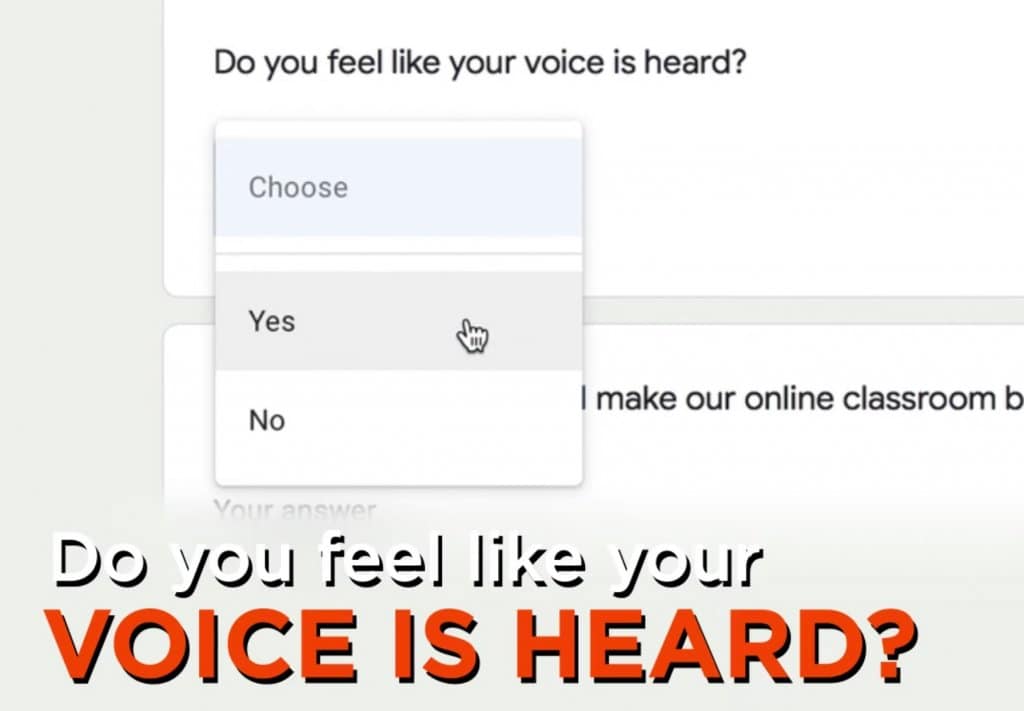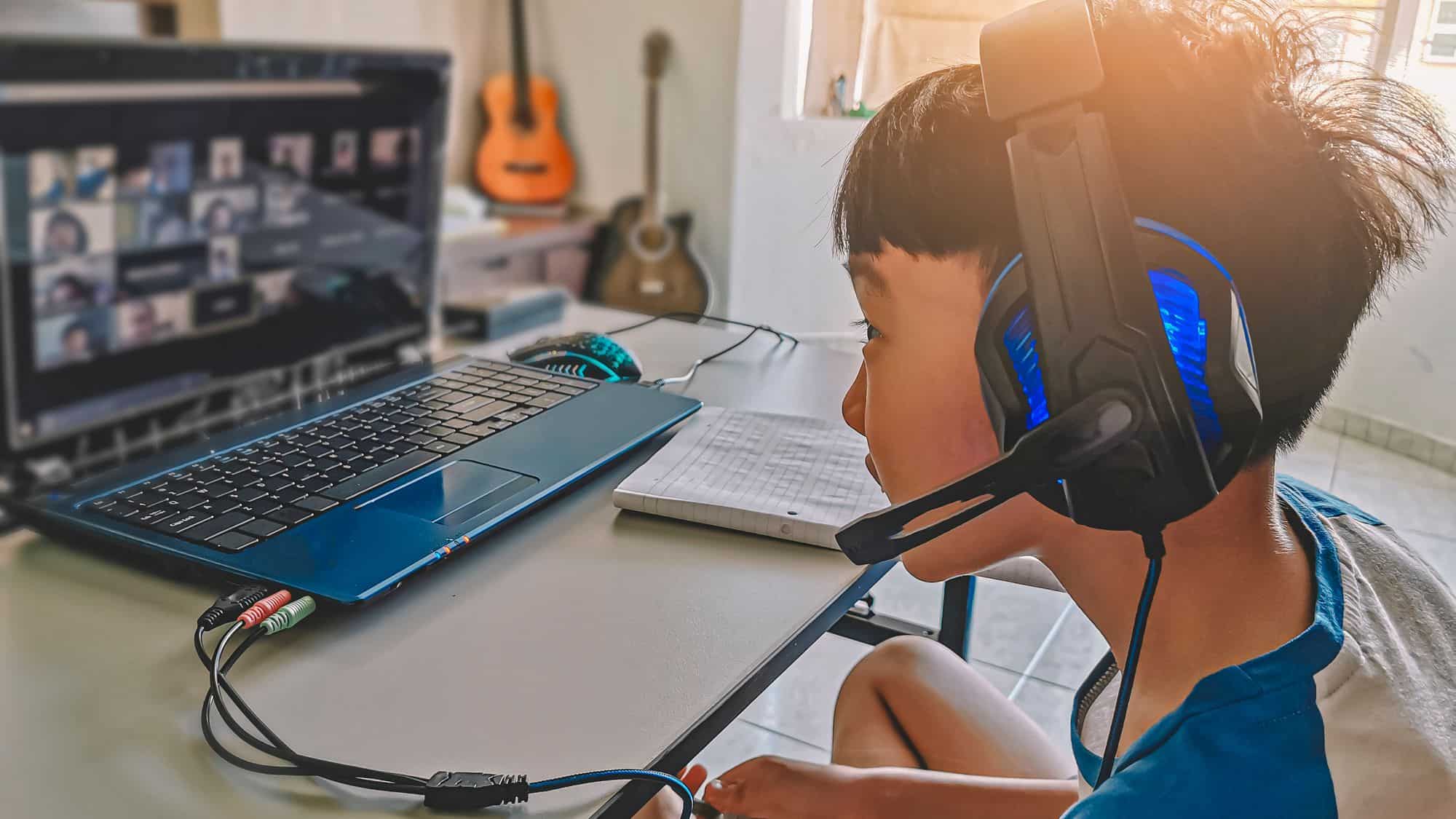
Whether you’re a parent, a teacher, or a student of any age, news headlines like the one above spell not only uncertainty, but an exponentially increasing likelihood that you may soon need to—if you haven’t already—set up a virtual classroom in your home.
Here in British Columbia, the BC Teachers Federation (BCTF) has been demanding hybrid and remote options in every school district to help reduce class sizes and school density, as well as to protect students and staff members, or their families, who are more vulnerable because of existing health concerns.
If you’re not a teacher—and even if you are—the concept of a virtual classroom may sound intimidating, and you may even be unclear as to what it is. But get yourself a nice warm beverage, read on, and let us demystify at least some aspects of what’s expected to become a globally acknowledged learning and teaching environment.
What exactly is a virtual classroom anyway?
We’ve been hearing about home offices since long before the global pandemic, so if you’re familiar with working remotely, you’ll find a number of similar principles apply to both home office and virtual classroom settings. In addition to a learning app designed to help professors engage and motivate students in online, blended and face-to-face courses, tophat.com provides online resources including a glossary that defines virtual classroom as follows:
A virtual classroom is a digital learning environment that allows teachers and students to connect in online in real time. Virtual classrooms utilize video conferencing, online whiteboards and screen sharing to allow educators to hold live lectures, virtual office hours, and discussions with students in an interactive setting. Virtual classrooms are meant to replicate the experience of physical classrooms, with the added benefits of file sharing, instant feedback and interaction and are ideal in distance learning situations.
A virtual classroom refers to an online system that allows students and teachers to communicate and collaborate. Virtual classrooms are typically cloud-based learning solutions that are part of larger learning management systems (LMS). They are highly customizable and are accessible to users on a variety of devices, like smartphones, tablets and laptops.
An article titled 6 Questions to Improve Your Virtual Classroom advises teachers to gauge the effectiveness of their online instruction by surveying their students. Two of the suggested questions directly relate to acoustic considerations:
- Have you encountered any technical issues, such as not being able to hear me or not being able to connect to the internet?
- Do you feel like your voice is heard?


If you’ve ever reflected on the concept of attention, consider this:
For starters, attention is something that insists on being paid. It requires sustained effort, effort that can prove challenging for many at the best of times. In navigating our present tumultuous reality, even the most academically focused neurotypical students face unprecedented levels of distraction and sources of anxiety. Perhaps we can at least give them a fighting chance of hearing clearly and being heard as they try to learn amidst emotional chaos.
As with collaborative workspaces, classroom environments—the “bricks & mortar” kind as well as the virtual ones—require high levels of speech intelligibility, a term which refers to our comprehension of spoken words. Excessive background noise can result in poor speech intelligibility and adversely affect the learning process (for ESL, speech-impaired, and neurodiverse students in particular), so it’s important to consider these factors when determining where to set up an interactive study space.
Choosing and optimizing the right room
“Traffic and other sources of exterior noise can be problematic,” BAP Acoustics partner Mark Gaudet says. “If possible, choose a room with minimal exposure to outdoor sounds as well as to interior noise. Spaces adjacent to the kitchen, TV area, or music room often emit disruptive levels of sound, so try to pick something a little further away from those if that’s an option.”
Mark also notes that heavy doors are effective noise barriers, particularly when we apply acoustic seals around their tops, sides, and thresholds.
BAP Acoustics partner Eric DeSantis concurs. As one of several contributors to an article offering expert tips on enhancing home office acoustics, Eric writes “Use weatherstripping to reduce outside noise. One must-have in reducing outside noise during a teleconference is the installation of adhesive perimeter (i.e. weatherstripping) seals around the office door frame. For optimal success, the bottom of the door should be sealed as well. This can be achieved by installing a door bottom shoe or sweep, preferably in combination with a raised threshold. A small fan is also recommended for placement in the home office. The fan will artificially raise the background noise level and will assist in masking the audibility of household noises during a conference call.”
Working with what you’ve got
To control reverberation—the reflection of soundwaves from surfaces—Mark suggests bringing in upholstered furniture, beanbags, or cushions to absorb those soundwaves and thereby attenuate reverberatory noise. Acoustic panels also serve to minimize reverberation.
As the pandemic drags on (and on), many of us must deal with budgetary constraints brought on by a shaky COVID-era economy. Fortunately, DIY acoustic panels can be just as effective as their commercially manufactured counterparts. Homemade sourdough bread failing to provide the satisfaction it did back in early quarantine days? Well, we don’t recommend baking more of it to use as sound absorbent material, but this How To Build Your Own Acoustic Panels tutorial may be worth sacrificing a few hours of Netflix binge.
You can further decrease the disruptive effects of noise from other parts of your home by turning on a small fan in your virtual classroom, as per Eric’s recommendation for home office workers. Though it may seem counterintuitive, sound masking—purposefully generating one sound to drown out others—engenders the perception of a quieter room by subtly raising its ambient noise level.
None of us know how the weeks and months to come will unfold, but if you do need to create a virtual classroom or office at home, we hope you’ve found helpful and actionable ideas here. As always, we welcome your feedback and questions around these and other noise-related challenges, so please don’t hesitate to contact us. Stay safe!




